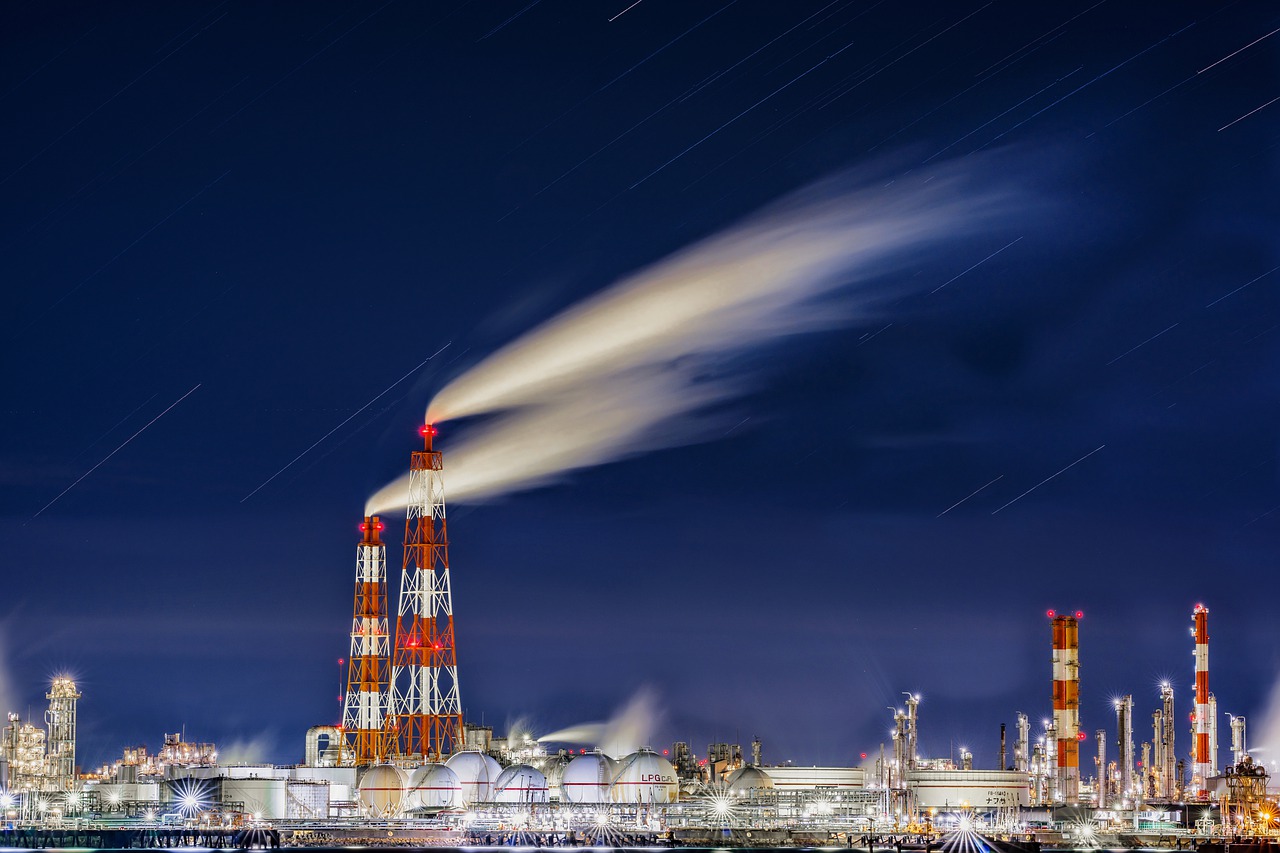Rising Technology in the Oil & Gas Industry

While other industries like banking and retail have been quick to change and adopt digital transformation, oil and gas have been slower.
Technological advances for the oil and gas industry began in the early 2000s during the shale revolution that helped pull the U.S. back up after the 2008 economic crisis.
Since the early 2000s, there have been many more technological advances in the oil and gas industry that should be utilized. These advancements will help keep employees safe, increase efficiency, save costs, and decrease downtime.
With COVID-19 and other potential financial crises in the future, oil and gas technology needs to catch up to the digital age and become more efficient.
Deloitte’s Digital Maturity Index of 2019 found that approximately $1.6 trillion was lost in potential revenue for the oil and gas industry, showing the importance of integrating every cost-saving measure possible.
The main goals for technological advancements in the oil and gas industry are to support automation and data science as well as reduce environmental harm.
Automation and Digitalization
Advancements in automation and digitization mean it will be easier to accomplish tasks with reduced staffing.
With the help of automation, work can continue through the late hours of the day or overnight when your plant or site is not staffed.
Robots, both automatic and remote-controlled, are being used for tank and oil rig upkeep, improving efficiency and minimizing risk for operators.
For example, Ecorobotics is using remote-controlled robots to conduct dangerous tank cleaning tasks. Robots never get fatigued or need breaks throughout the day; they can complete their work with limited supervision. In addition, using robots for industrial tank cleaning keeps humans out of harm’s way because they don’t have to enter confined spaces or risk exposure to toxic chemicals or gases.
Underwater drones and ROVs (remote operating vehicles) are becoming more common to use in the oil and gas industry. In addition, many explorations are done underwater and in the middle of the open sea, making digitization and remote connectivity crucial.
Robots can do the manual labor and send critical information to anyone who needs it in minutes, keeping all teams on the same page at all times.
Remote collaboration software has also made it more efficient to manage projects and quickly respond to crises regardless of geographic distribution.
Data Science
Data science in the oil and gas industry helps to interpret and organize information. Big data is used to help business owners, managers, and contractors make more informed decisions.
The extraction and analysis of collected data can be used to optimize different aspects of the oil and gas industry. For example, data science can enhance quality assurance, prioritize safety and security, and reduce production and maintenance costs upstream and downstream.
Artificial intelligence is being used to interpret seismic activity, reducing the need to manually pick faults for drilling. AI systems can help predict risks and aid drilling planning.
AI can also help detect faulty lines or maintenance issues before they arise to mitigate the risk of injury for on-site workers while keeping maintenance costs at bay.
Advances in digital imagery have made it cheaper and faster to conduct seismic mapping and find hydrocarbon reservoirs. Seismic mapping uses ultra-sensitive sound-emitting devices, called geophones, to bounce waves off the underwater rock and help seismologists find the reservoirs.
The introduction of quantum computing is also helping oil and gas companies look at larger datasets at once. Viewing the datasets at once gives industry leaders the insight they need to develop products, optimize refining, and expand reservoir production.
Utilizing data science and branching out from traditional methods can help business growth, increase performance, mitigate risks, and cut costs.
Reducing Environmental Harm
Oil and gas have accrued a bad reputation because of multiple major ecological disasters, such as the Exxon Valdez and the BP oil spill.
Environmental disasters have made environmental safety a critical focus for the oil and gas industry as they try to make the production and consumption of hydrocarbon fuel less harmful.
Industrial Internet of things (IIoT) technology such as GPS and RFID devices are used in pipelines and machines to detect leakages, corrosion, and other forms of damage that compromise worker and environmental safety. These sensors can also measure oil pressure and composition to optimize the flow of oil and reduce the use of expensive equipment.
Distributed acoustic sensing data is also being used to improve the diagnosis of good integrity to predict leaks and other disasters.
The Future of Oil & Gas
As a multi-billion dollar industry, oil and gas simply cannot afford to be left behind in technological advancements.
While skilled labor and human cognition won’t be taken out of many processes, the industry will benefit from various types of technologies including AI, robotics, and IoT with the help of products like electromagnetic transmitters. The benefits of robotics and modern technology are paving the way to greater efficiency, profits and cost savings, environmental protection, safety, and security.































































